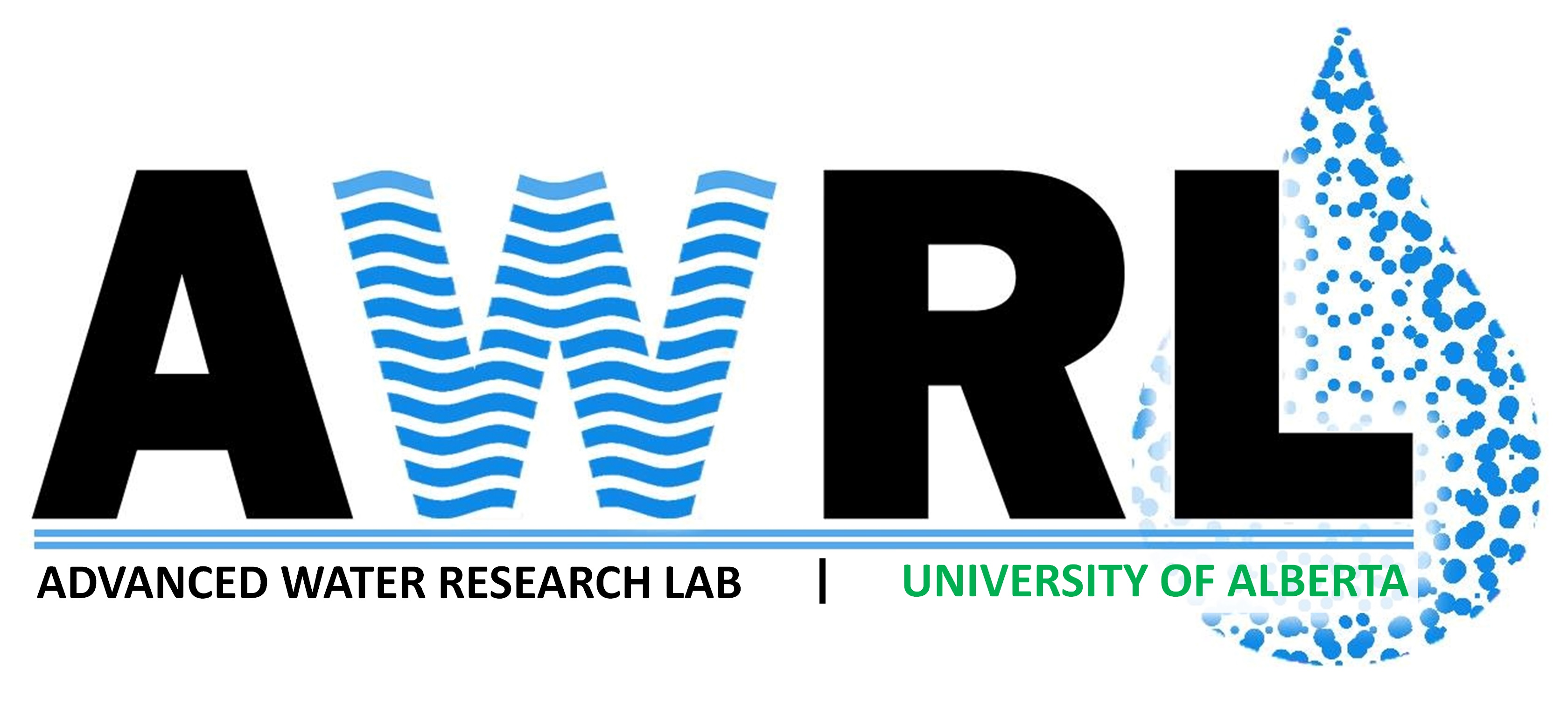
Members of the AWRL at the University of Alberta have access to world-class facilities that provide the infrastructure to support shared research goals. The three main facilities which will be used to accomplish the requirement of this research program are as follows:
- NanoFAB:
This is a centralized, open access research and development facility, the largest of its kind in Canada, specializing in micro and nano scale fabrication and characterization. The NanoFAB is committed to supporting academic and industrial innovation from design through characterization, transitioning ideas into real-world innovations and prototypes. The facility provides training, services and access to $85M in specialized equipment and infrastructure including a comprehensive suite of 200 tools for nano-science and engineering. (www.nanofab.ualberta.ca)
Production of micro/nano sized features on the membrane surface and microscopy characterization of the membranes are conducted by NanoFab facilities. - National Institute for Nanotechnology (NINT): NINT is a joint venture with the National Research Council Canada (NRC), University of Alberta and the Government of Alberta that hosts world-leading facilities and research programs involving more than 300 researchers. AWRL members work collaboratively with NINT, conducting leading-edge interdisciplinary research with its researchers in engineering and science.
(http://www.nint-innt.ca)
Working with the NINT Innovation Centre (NIC) means having access to state-of-the-art facilities and the latest high performance instrumentation. Space in the NINT building has been uniquely designed to meet research and development needs; equipment is continually updated and acquired to keep pace with technological advances. The equipment includes electron microscopy like scanning electron microscopy (SEM), atomic force microscopy (AFM), transmission electron microscopy (TEM); cleanroom with nanoimprinting facilities; biochemistry equipment; surface chemistry analytical instruments; high performance computing machines; chemical analysis laboratory; laser safety; and high-field nuclear magnetic resonance (NMR) facility.
We also have access to microscopy and chemical analysis instruments in Earth Science, Biological Science, Chemistry and Chemical and Materials Engineering departments and can use them as the back-ups.

